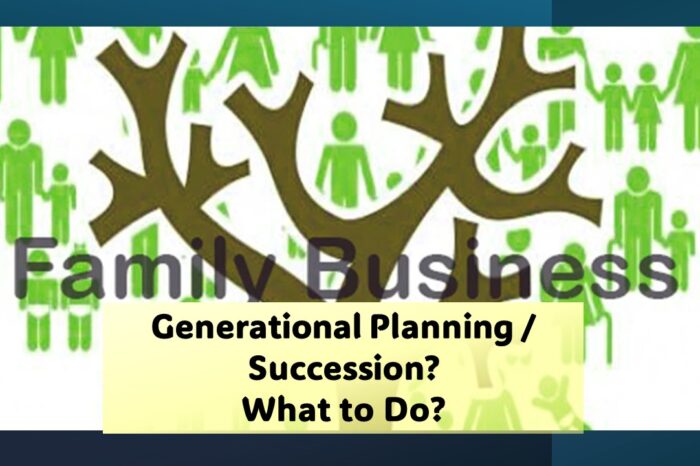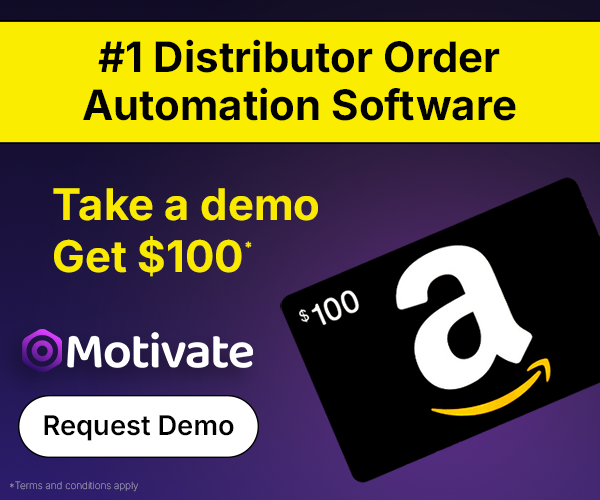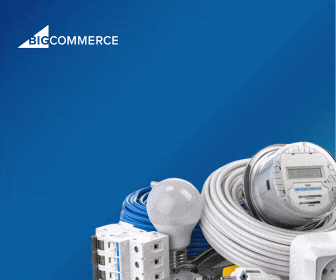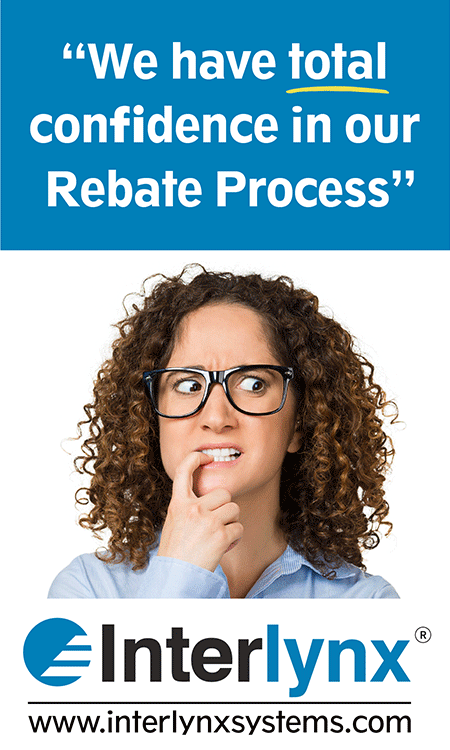Planning to Sell. Prepare Leadership Plan.
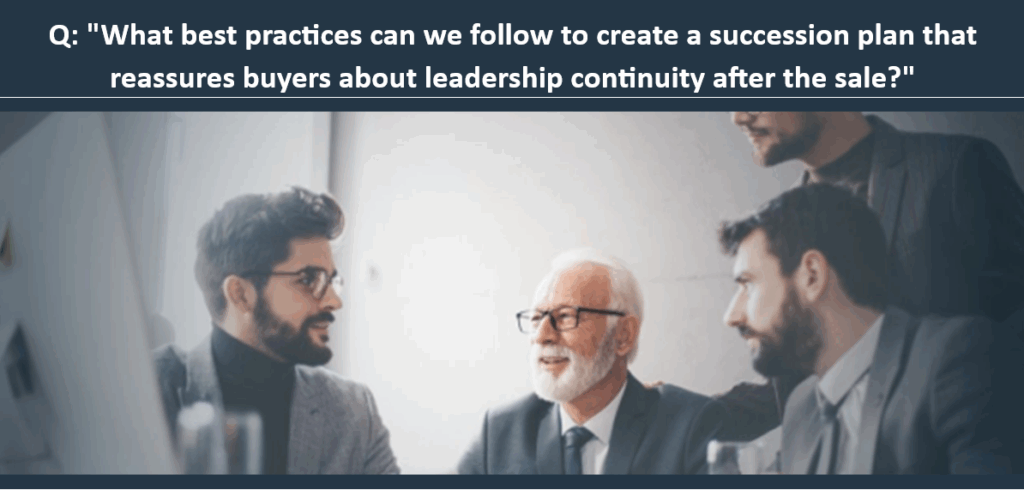 Thinking of selling to capitalize on the business, and maybe diversify your financial holdings, but not ready to retire? Possibly interested in the proverbial “bite of the second apple”? Perhaps a private equity (PE) firm is in your future.
Thinking of selling to capitalize on the business, and maybe diversify your financial holdings, but not ready to retire? Possibly interested in the proverbial “bite of the second apple”? Perhaps a private equity (PE) firm is in your future.
PE firms have not been too prevalent in the electrical distribution side of the business. There are more on the manufacturer side.
Valley Lighting’s recent sale to Cadmus is the most recent. In their release it was highlighted that Valley is a “platform investment” for Cadmus.
Merrimack Group is an M&A advisor focused on the lighting industry. They typically work with manufacturers but have the ability to work with anyone in the electrical and lighting bossiness.
In their most recent newsletter, they focused on PE firms and whether or not the acquirer desires to retain management.
“Virtually all buyers prefer acquisition opportunities where the owner(s) could sail off into the sunset without affecting the business. Strategic buyers are less concerned if they plan to integrate the business, in which case they are often comfortable with the former owner being available for a few months on a consulting basis to facilitate the transition. However, private equity buyers looking at the business as a platform investment recognize the importance of an experienced executive team willing to run the business for at least 5-10 years. As a rule of thumb, companies with at least $5m EBITDA are candidates for private equity platform investments.
For these businesses, private equity firms expect to see either (a) an owner who has stepped back from day-to-day management, or (b) an owner who is willing to stay on board for several years and roll over some equity.
For owners close to retirement age, we recommend appointing a successor to the CEO role at least a year before launching a sale process. The owner then typically assumes a chairman role, limited to monthly or quarterly business review meetings. We have seen some savvy sellers establish residency in a low-tax state (usually Florida), partly to demonstrate detachment from the business, and partly to eliminate state taxes on the sale.”
Take Aways
A couple of key takeaways:
- $5 million in EBITDA is a benchmark to get a PE firm involved / interested.
- The role of a successor. If you’re selling to a strategic buyer, perhaps they don’t need “your” business to have a leader. To a degree this also depends upon who the strategic buyer is. Some have a history of welcoming current management / owners to stay involved and there is, essentially, no change in the business. For others, they only need / want ownership to facilitate a transition and hence 1-2 years. If you sell to a PE firm, and the business will be a platform, they will be evaluating your management (and may want prior ownership to stay involved.)
Bottom line. If you are thinking of selling, you need to plan to sell, meaning, “get the business in order.” Not only financially and operationally (good inventory) but targeting whom you want to sell to and planning succession can be important.
Or, in other words, consider this short / mid-range strategic planning. And, if you need some help or a 3rd party perspective, reach out.






